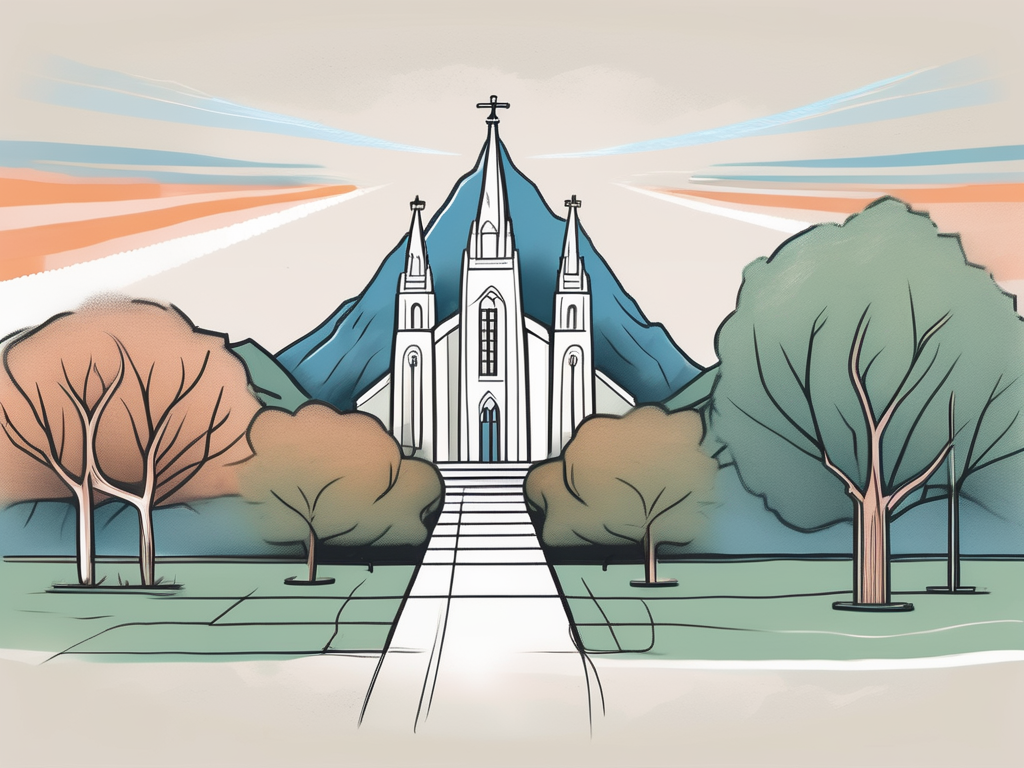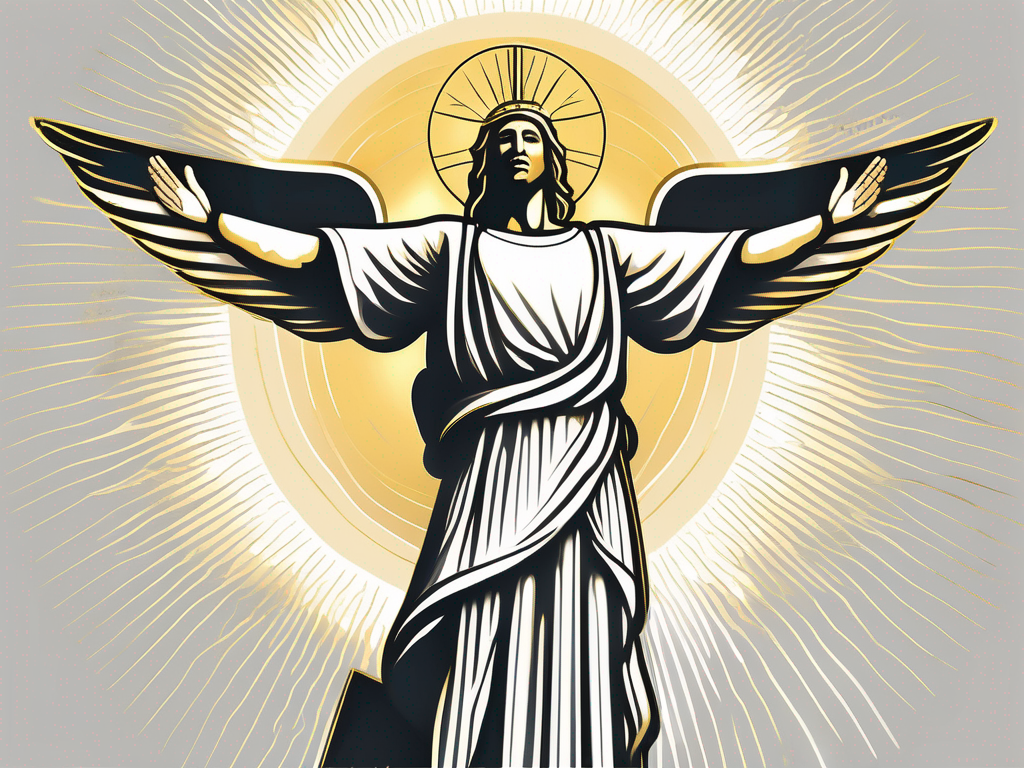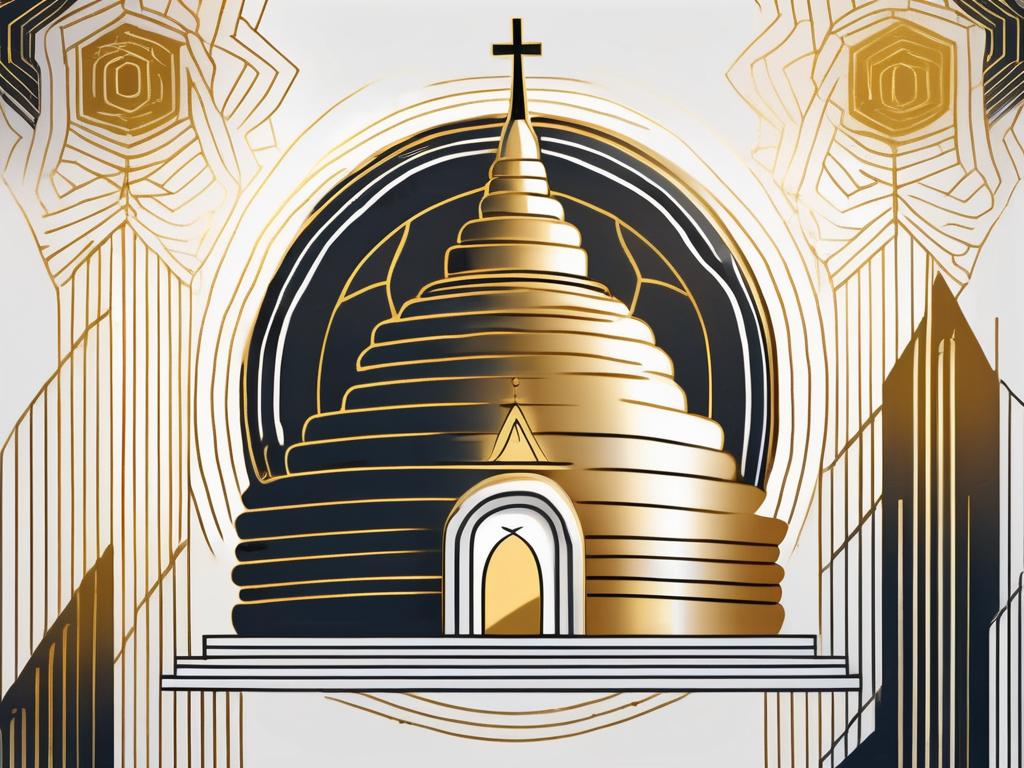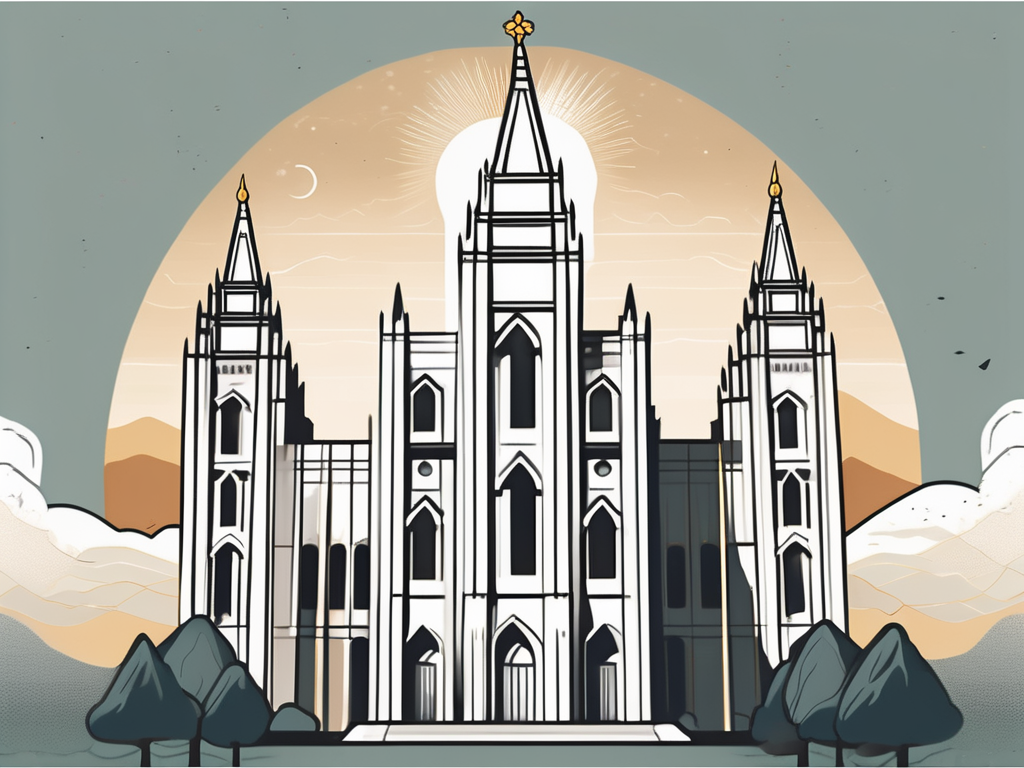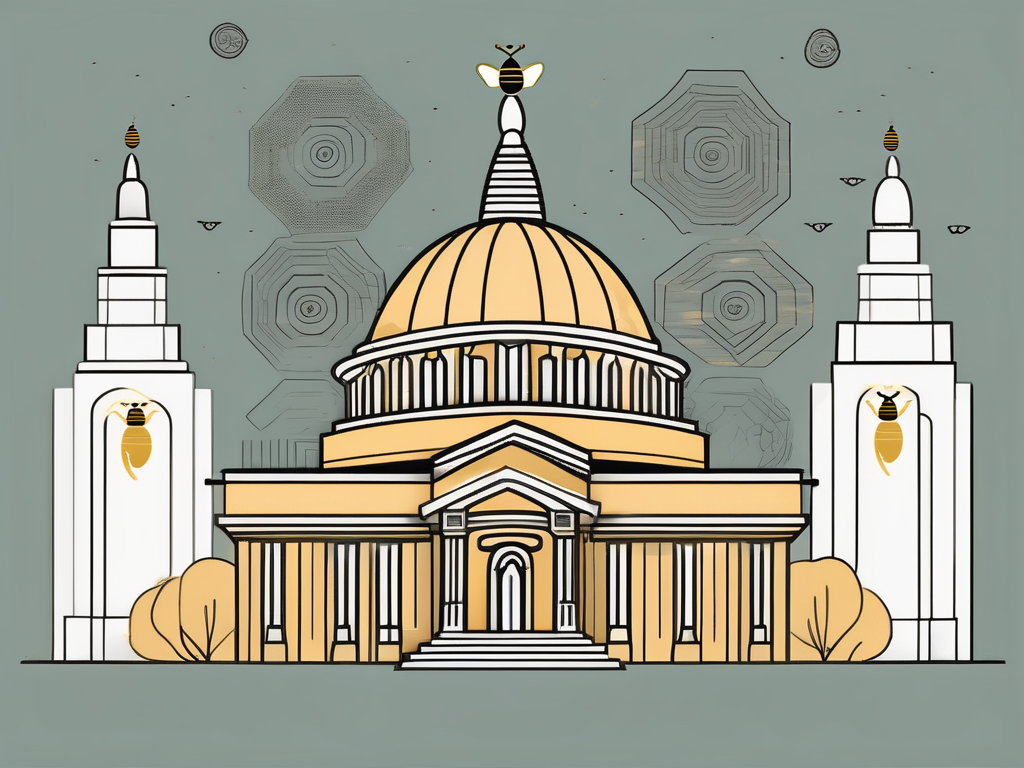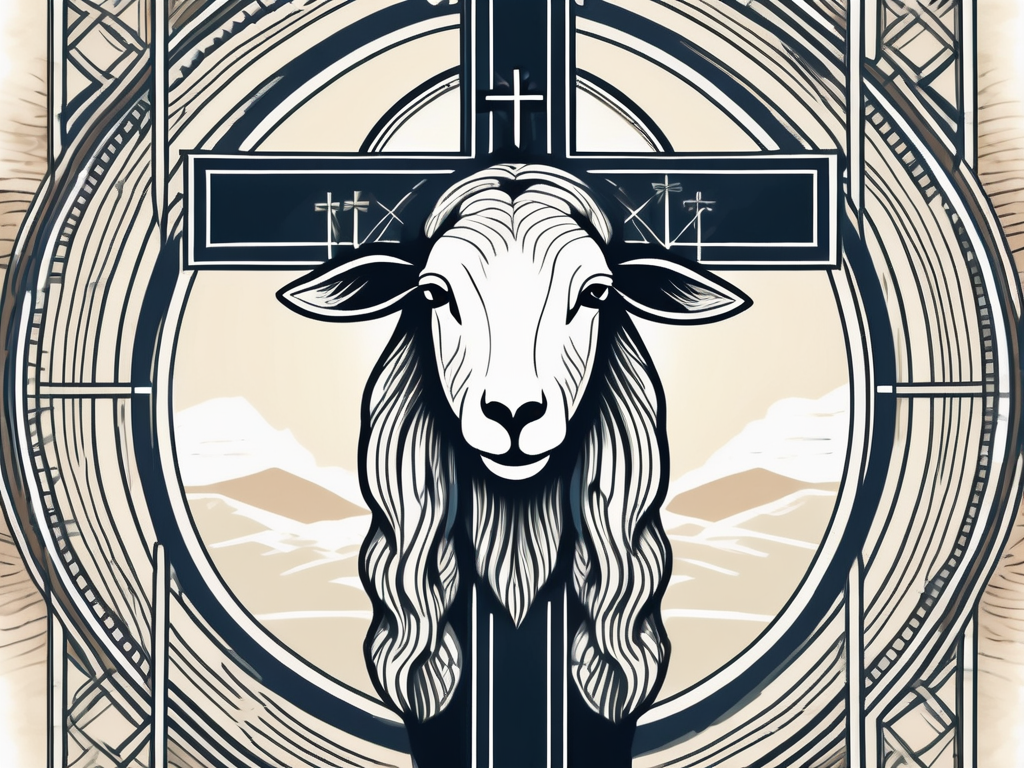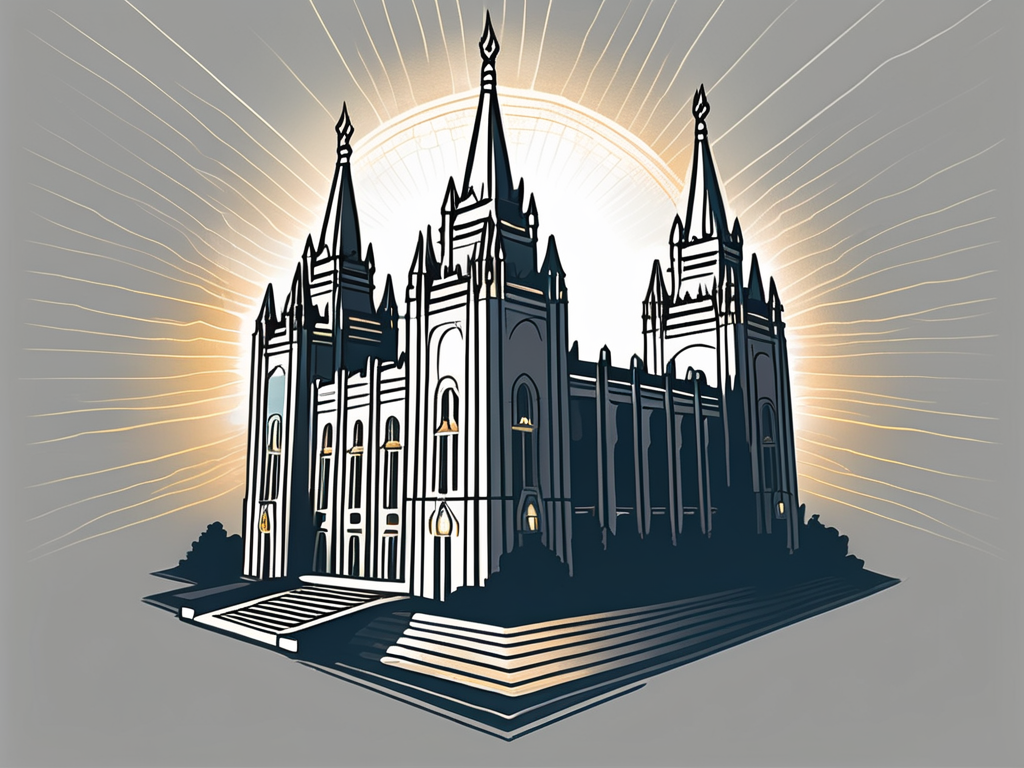Have you ever wondered about the difference between “Mormon” and “LDS”? These terms are often used interchangeably, but there is actually a distinction. In this article, we will explore the meanings behind these terms, delve into their historical and theological differences, and examine their cultural and social impacts. Additionally, we will discuss the shift from referring to followers as Mormons to members of The Church of Jesus Christ of Latter-Day Saints (LDS), and the implications this change has on its followers. So let’s dive in!
Understanding the Terms: Mormon and LDS
Before we can grasp the distinction between Mormon and LDS, it’s essential to understand their historical context. The story begins with the founder of Mormonism, Joseph Smith, who in the early 19th century claimed to have received divine revelations. These revelations eventually led to the publication of the Book of Mormon, a religious text that is considered sacred scripture by both Mormons and LDS followers.
Now, let’s define the terms more precisely: while “Mormon” refers to anyone who follows the teachings of the Book of Mormon and recognizes Joseph Smith as a prophet, “LDS” specifically refers to individuals who are part of The Church of Jesus Christ of Latter-Day Saints. So, all LDS followers are Mormons, but not all Mormons are necessarily members of the LDS Church.
The Historical Context of Mormonism
To understand Mormonism, we must recognize its historical backdrop. The movement began in the early 19th century in upstate New York, where Joseph Smith claimed to have received divine guidance. He formed the Church of Christ, which went through several name changes before becoming The Church of Jesus Christ of Latter-Day Saints in 1830. During this period, Smith preached his teachings, attracting a loyal following that faced persecution and eventually migrated west, settling in present-day Utah.
As the Mormons journeyed westward, they faced numerous challenges and hardships. They encountered hostile Native American tribes, harsh weather conditions, and treacherous terrain. Despite these obstacles, their faith and determination propelled them forward, and they established thriving communities in Utah, which became the center of Mormonism.
Today, Mormonism encompasses various sects and denominations that trace their roots back to Joseph Smith’s original teachings. Some of these groups are under the umbrella of the LDS Church, while others have splintered off and formed independent organizations. Each sect has its own unique beliefs and practices, but they all share a common foundation in the teachings of Joseph Smith and the Book of Mormon.
Defining LDS: The Church of Jesus Christ of Latter-Day Saints
The LDS Church, also known as the Mormons, was officially organized in 1830. It is characterized by its hierarchical structure and centralized authority, with the President of the Church considered a prophet, seer, and revelator. The leadership of the LDS Church is seen as having divine authority, guiding the members in matters of faith and doctrine.
One of the key beliefs of the LDS Church is the concept of continuing revelation. They believe that God continues to speak to His children through modern-day prophets, just as He did in ancient times. This belief in ongoing revelation allows for the adaptation and development of doctrine as the needs of the Church and its members evolve.
The LDS Church places a strong emphasis on family values and the eternal nature of familial relationships. They believe in temples, where sacred ordinances are performed, serving as a bridge between this life and the afterlife. These temples are central to LDS worship and are not open to the general public. Inside the temples, members participate in sacred ceremonies such as baptisms for the dead, eternal marriages, and the endowment, which is a series of symbolic rituals.
Additionally, the LDS Church has a strong missionary program, with young men and women encouraged to serve as full-time missionaries for a period of 18 to 24 months. These missionaries are dedicated to spreading the teachings of the LDS Church and sharing their faith with others around the world.
In conclusion, Mormonism and LDS are closely intertwined, with Mormonism being a broader term that encompasses all followers of the Book of Mormon and Joseph Smith, while LDS specifically refers to members of The Church of Jesus Christ of Latter-Day Saints. Understanding the historical context of Mormonism and the beliefs and practices of the LDS Church provides a deeper appreciation for the rich and complex tapestry of this religious tradition.
Theological Differences Between Mormon and LDS
While Mormons and LDS followers share many beliefs, there are theological distinctions that set them apart. Let’s explore some of the unique doctrines that define each group.
Before delving into the theological differences, it is important to note that the term “Mormon” is often used to refer to members of The Church of Jesus Christ of Latter-day Saints (LDS Church). However, in this context, “Mormon” will be used to refer to individuals who belong to various sects and groups that trace their origins back to the teachings of Joseph Smith.
Beliefs Unique to Mormonism
Mormonism incorporates teachings not found in mainstream Christianity, which have given rise to some theological differences. For instance, Mormons believe in the concept of eternal progression, which states that humans have the potential to become like God through a process of spiritual growth and development. This belief highlights the idea that individuals have the capacity to continue learning and progressing even after this life.
In addition to eternal progression, Mormons also believe in the practice of baptism for the dead. This unique ritual provides individuals who have passed away the opportunity to accept or reject the gospel in the afterlife. Mormons believe that through this vicarious baptism, deceased individuals can choose to embrace the teachings of the Church and receive the blessings associated with it.
Another unique Mormon belief is the idea that the Native Americans are descendants of ancient Israel. This belief stems from the Book of Mormon’s narrative, which suggests that Jesus Christ visited the Americas after His resurrection. According to Mormon teachings, the Native Americans are considered to be part of the “Lamanites,” a group of people who descended from a family in the Book of Mormon.
Distinct LDS Doctrines
On the other hand, the LDS Church emphasizes additional doctrines that are not as prevalent in traditional Mormonism. One such teaching is the concept of continuing revelation, stating that God continues to communicate with the Church’s leaders through modern-day prophets, including the President of the Church. This belief in ongoing revelation allows for the adaptation and adjustment of doctrines and practices to meet the needs of the present time.
LDS doctrine also includes the importance of living a healthy lifestyle. In line with this belief, LDS members abstain from consuming alcohol, tobacco, coffee, and tea. This dietary code, known as the Word of Wisdom, is seen as a way to maintain physical and spiritual well-being. It is believed that adhering to these guidelines promotes clarity of mind, physical strength, and spiritual sensitivity.
Additionally, the LDS Church places a strong emphasis on education and encourages its members to pursue personal and intellectual growth. This emphasis is rooted in the belief that education is not only valuable for personal development but also plays a crucial role in fulfilling one’s divine potential. The LDS Church operates several universities and colleges, providing opportunities for its members to receive a quality education.
In conclusion, while Mormons and LDS followers share many core beliefs, there are theological differences that distinguish them. These differences include concepts such as eternal progression, baptism for the dead, continuing revelation, and a strong emphasis on healthy living and education. Understanding these distinctions can help foster a deeper appreciation for the diversity within the broader Mormon and LDS communities.
Cultural and Social Differences
Aside from theological disparities, there are also cultural and social distinctions between Mormons and LDS followers. Let’s take a closer look at these differences.
Mormon Cultural Practices
Mormon culture often encompasses a strong sense of community and family values. Mormons place great importance on genealogy and the preservation of family ties. They participate in genealogical research, aiming to trace their family lineages back through history.
In addition to their emphasis on genealogy, Mormons have developed a unique culinary tradition. They have a fondness for comfort foods that are typically homemade and often associated with gatherings and celebrations. These include dishes like funeral potatoes, green Jell-O salad, and fry sauce, which have become beloved staples in Mormon households.
Mormons also adhere to a code of modesty in their dress and appearance. They typically avoid clothing that is overly revealing or immodest. This commitment to modesty extends beyond clothing and encompasses their overall behavior and language. Mormons have a tradition of refraining from using profanity and taking part in activities that may be seen as unhealthy or addictive.
Furthermore, Mormons place a strong emphasis on education and intellectual growth. They value learning and encourage their members to pursue higher education. This commitment to education is reflected in the high number of Mormons who hold college degrees and the emphasis on lifelong learning within the community.
LDS Social Traditions
The LDS Church’s traditions include regular meetings and services on Sundays, which are open to the public. However, more sacred ceremonies and rituals take place in their temples, which only members of the LDS Church in good standing may attend.
Within the LDS community, there is a strong emphasis on service and volunteerism. Members are encouraged to actively participate in various service projects, both within the Church and in the broader community. These projects range from assisting with disaster relief efforts to organizing food drives for those in need.
LDS followers also participate in various social events and activities organized by the Church, fostering a sense of community and support. These activities range from service projects to youth camps and conferences, providing opportunities for strengthening and bonding with fellow members.
Additionally, the LDS Church places a significant emphasis on music and the arts. Music plays a central role in worship services, with hymns and choral performances being an integral part of LDS gatherings. The Church also has a strong tradition of theatrical productions and musical performances, showcasing the talents of its members.
Another notable aspect of LDS social traditions is the emphasis on self-reliance and preparedness. Mormons are encouraged to be self-sufficient and to prepare for emergencies or unforeseen circumstances. This includes maintaining a supply of food, water, and other essentials to sustain themselves and their families during times of need.
In conclusion, the cultural and social differences between Mormons and LDS followers go beyond theological beliefs. These differences encompass various aspects of daily life, including family values, modesty, education, service, and the arts. By understanding and appreciating these distinctions, we can gain a deeper insight into the rich and diverse tapestry of Mormon and LDS culture.
The Shift from Mormon to LDS
In recent years, you may have noticed a gradual shift in how members of the Church refer to themselves. Let’s explore the reasons behind this change and its implications.
The Church’s Official Stance
In 2018, the President of the LDS Church, Russell M. Nelson, announced the importance of using the full name of the Church. He emphasized that the term “Mormon” is appropriate for describing historical events or culture but should not be used as a label for the official name of the Church. Instead, members are encouraged to use the full name: The Church of Jesus Christ of Latter-Day Saints.
The Church’s objective behind this shift is to direct attention to Jesus Christ and clarify its unique identity within the religious landscape.
Public Perception and Reactions
The change in terminology sparked various reactions. Some embraced the shift, recognizing the importance of clear and accurate language. Others found it challenging to abandon the familiar term “Mormon,” which had become deeply ingrained in both religious and cultural vernacular.
Outside the Church, the distinction between Mormon and LDS may be viewed as trivial or purely semantic. However, for members of the LDS Church, it represents an identity shift that reflects their commitment to their faith and devotion to Jesus Christ.
The Impact of the Distinction on Members
The transition from Mormon to LDS has had unique implications for both followers of the faith. Let’s examine these implications from both perspectives.
Implications for Mormon Followers
For Mormons who do not belong to the LDS Church, the distinction brings a sense of pride and clarity. By identifying as a Mormon, they emphasize their adherence to the teachings and principles outlined in the Book of Mormon and their independence from the centralized structure of the LDS Church.
These Mormons stand firm in their commitment to Joseph Smith’s teachings and maintain a separate identity from the LDS Church while still sharing foundational beliefs and a common heritage.
Implications for LDS Followers
For members of the LDS Church, the transition signifies a renewed focus on the Church’s official teachings and the centrality of Jesus Christ. By using the full name, LDS followers emphasize their belief that they are part of the authorized organization established by Jesus Christ Himself.
This distinction is not intended to separate LDS followers from Mormons but rather to highlight their unique identity within the broader spectrum of the religious community.
Conclusion
The distinction between Mormon and LDS goes beyond mere semantics. It signifies historical, theological, cultural, and social differences that have shaped the identities of these two groups of faithful followers. Understanding the unique characteristics of both Mormons and LDS is essential for appreciating the nuanced tapestry of beliefs and practices within The Church of Jesus Christ of Latter-Day Saints. So, whether you identify as a Mormon or are a member of the LDS Church, the rich heritage and spiritual journey you embark upon are worth celebrating and exploring.
